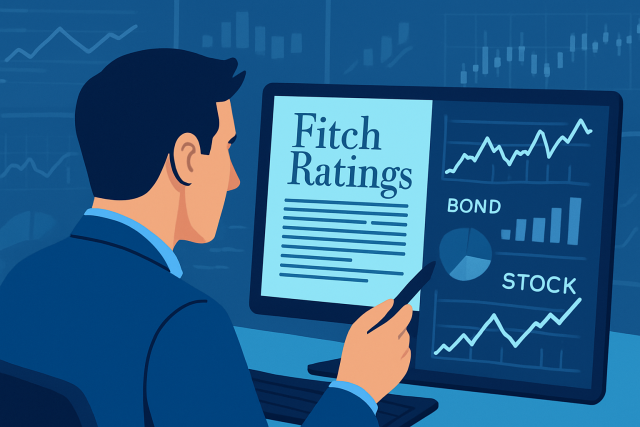
Fitch Ratings Explained for Stock and Bond Traders
Discover how Fitch Ratings assess credit risk and influence trading decisions in stocks and bonds. L...
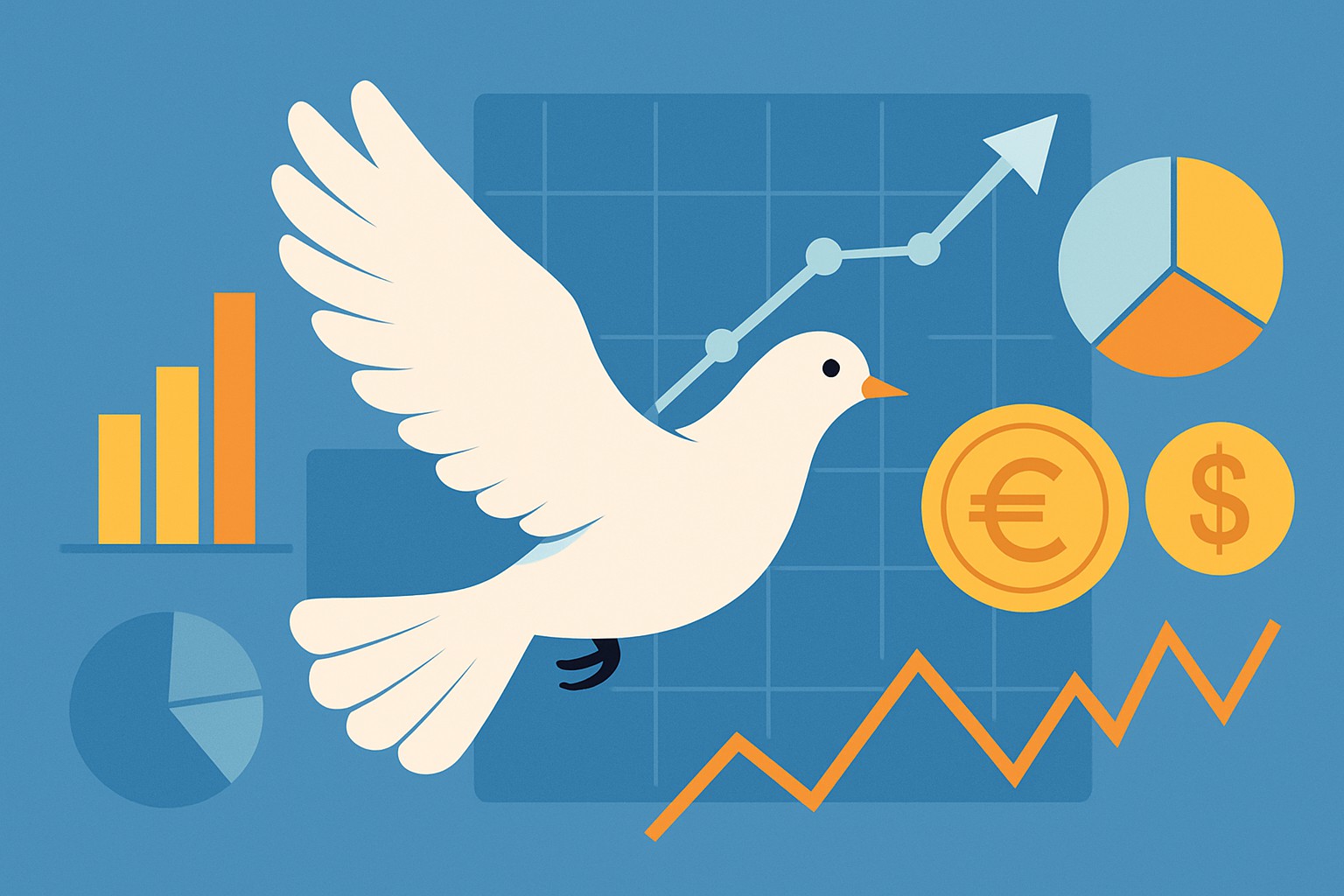
You often hear the term "dovish" tossed around in trading and finance circles, but if you're wondering about the dovish meaning, it can feel like jargon without economic context. Simply put, "dovish" describes a policy stance or market vibe that favors lower interest rates and moves aimed at boosting economic growth. This article takes a closer look at what dovish really means, where the term came from and its ripple effects on policy.
"Dovish" is a term used when someone leans towards monetary policies that emphasize sparking economic growth and creating jobs rather than strictly clamping down on inflation. In the trading world a dovish stance usually hints at hopes for lower interest rates and looser monetary policy with a bit more liquidity floating around. The goal is to nudge borrowing and spending along to help the economy, fully aware that inflation might creep up a little as a trade-off.
The term "dovish" draws from the gentle image of doves, classic symbols of peace and tranquility. It hints at a mild non-aggressive approach that tries to keep things smooth and steady. This is the opposite of "hawkish" which brings to mind hawks—sharp and aggressive, always ready to swoop in. In economics, "hawkish" describes policies that tackle inflation head-on, often by raising interest rates.
Knowing whether a central bank is leaning dovish or hawkish helps shape traders’ expectations and often sets off noticeable moves in stocks, bonds and currencies. For example, a dovish stance usually gives stock markets a boost and pushes bond prices up as interest rates dip.
Traders and investors tend to keep a keen eye out for dovish signals from central banks since these clues often shed light on what lies ahead for monetary policy and the broader economy. Catching those dovish vibes early on helps them tweak their game plans and juggle risk smarter. It also helps them set up their portfolios to ride the wave of anticipated lower interest rates and extra liquidity.
When interest rates take a dip borrowing costs usually become more wallet-friendly and give a nice boost to sectors that lean heavily on credit like real estate and consumer goods. It is like an extra welcome breath of fresh air for those industries.
Bond prices tend to climb when dovish policies hint that interest rates will stay low or even head south. Investors often find themselves breathing a little easier in these moments.
Stocks in growth-focused sectors often shine brighter because easier monetary policy tends to stoke more demand—kind of like turning up the heat just enough to keep things cooking.
Currencies might take a hit against others if domestic rates are expected to linger on the lower side for longer stretches. It is a subtle dance, really.
Risk sentiment usually perks up since dovish signals often mean central banks are rolling up their sleeves to support the economic recovery and give markets a bit of a confidence boost.
When the U.S. Federal Reserve signaled a gentler approach at the dawn of the COVID-19 pandemic, it quickly slashed rates to almost zero and unleashed massive quantitative easing programs.
Central banks have a handful of tricks when they want to send a dovish signal, usually to loosen financial conditions and boost the economy. They often slash benchmark interest rates to make borrowing more affordable and use quantitative easing by buying securities to pump liquidity into the system. They provide forward guidance that nudges markets to expect accommodative policies and typically downplay inflation concerns to keep stimulus efforts rolling.
| Policy Tool | Description | Dovish Implication | Typical Market Impact |
|---|---|---|---|
| Interest Rate Cuts | Lowering benchmark rates to give borrowing a nudge | Suggests a friendlier, easier monetary stance that’s aimed at boosting growth | Bonds often rally, stocks tend to climb, and currencies might lose a bit of their mojo |
| Quantitative Easing | When the central bank steps in to buy assets, pumping up liquidity | Expands the money supply, pushing down those long-term yields like a gentle hand | Gives credit markets a boost and often helps lift stock prices up a notch |
| Forward Guidance | Laying out the road map for future policy moves | Signals that stimulus may stick around for a while longer, so no sudden surprises | Usually calms market nerves and gives risk assets a little pep in their step |
| Inflation Downplay | Brushing off inflation worries to keep stimulus going | Suggests a willingness to tolerate a bit more inflation, at least for the time being | Keeps yields tempered and typically props up both stock and bond markets |
| Yield Curve Control | Actively managing certain yields to hold rates down | Caps borrowing costs and steadies market expectations like a steady hand on the wheel | Encourages people to invest and tends to keep bond markets from getting shaky |
The language central banks use matters just as much as the actions they take. When they strike a dovish tone it usually comes across as cautious with a glimmer of hope. It emphasizes support for jobs and growth rather than rushing to fight inflation.
Central bank leaders often slip in some notably dovish remarks during press conferences or speeches and you can bet markets hang on every word. Take former Federal Reserve Chair Jerome Powell, for example—he tended to emphasize patience with inflation and a steady focus on supporting the recovery throughout 2020. More often than not, this approach sparked quick rallies in equity markets and nudged bond yields down a notch. Similarly, the European Central Bank’s hints about keeping rates low until inflation clearly hits its target have generally weighed on the euro while giving a lift to European stocks.
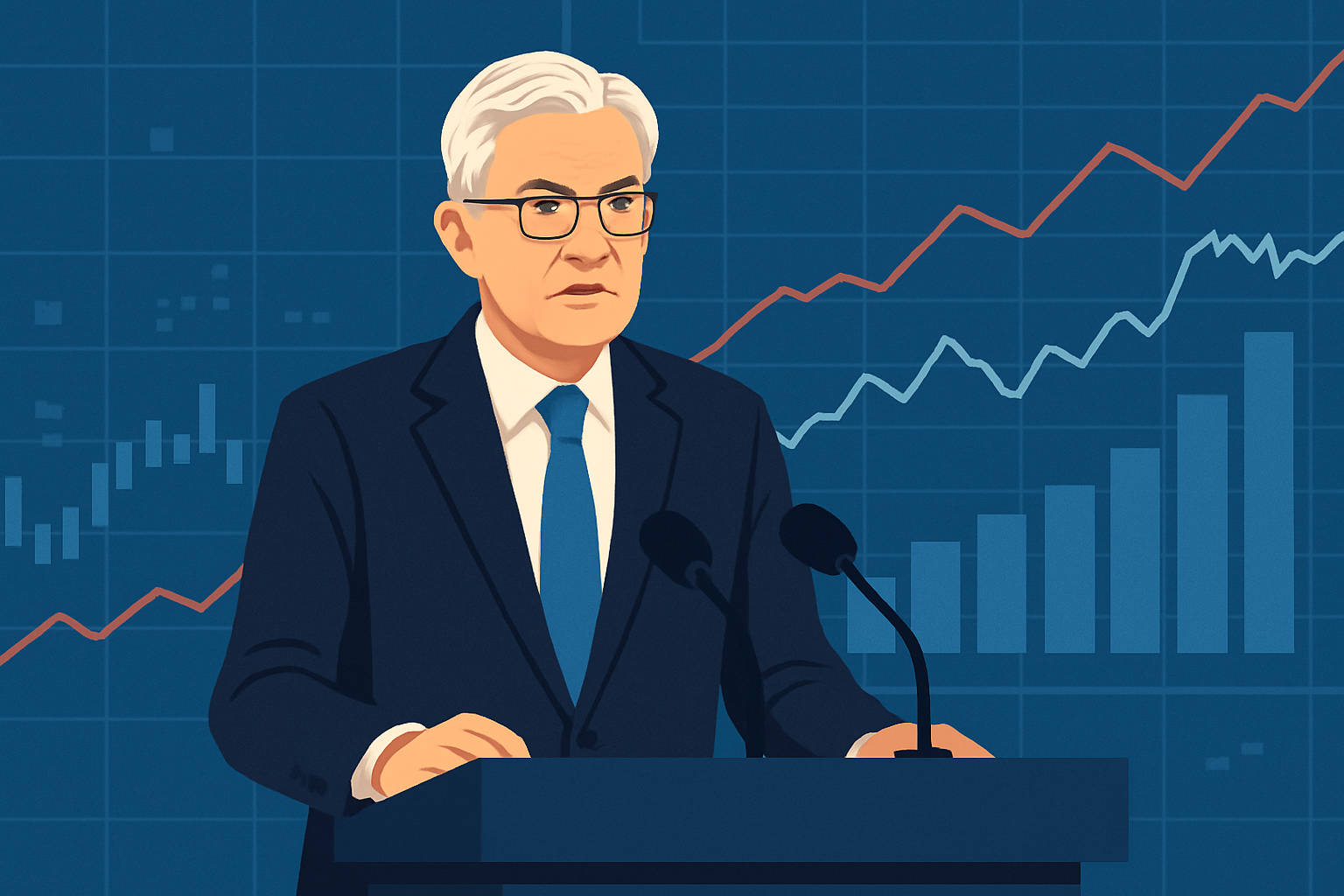
Central bank leader delivering a dovish policy statement impacting global financial markets.
Clearing up these misunderstandings really helps traders catch dovish signals with a keener eye and avoid those all-too-common slip-ups.
Sometimes, financial jargon can feel like a secret code, but "dovish" is one of those terms that actually carries a bit of a softer vibe. In trading circles, when people talk about a "dovish" stance, they’re usually referring to a preference for loose monetary policies—think lower interest rates and a more cautious approach to tightening the money supply. It’s like the central banks are trying to keep things cozy and supportive for growth, instead of throwing cold water on the economy. Of course, exactly what "dovish" means can shift a bit depending on who you ask and what part of the market you’re in, but the general idea stays pretty consistent: a gentle hand, focused on boosting economic activity rather than reigning it in too quickly.
A dovish policy signals easier monetary conditions, though its impact can swing quite a bit depending on the market in question. Forex traders typically interpret dovish moves as a sign that a currency could take a bit of a hit. Meanwhile, bond traders usually expect prices to climb and yields to dip. Equity traders zero in on potential opportunities within specific sectors, and commodity traders keep a close eye on how inflation might tip the scales.
These details suggest that traders need to keep a sharp eye on the unique quirks of each market when sizing up dovish signals. Take a dovish Fed statement for example; it often nudges the dollar lower. It can also give U.S. tech stocks a little boost and push bond yields down at once.
Traders who understand what "dovish" really means can use that wisdom to sharpen their market timing and make smarter portfolio choices. By watching for dovish signals they often catch shifts in interest rates, currency trends and risk appetite before these changes fully kick in.
Keep a sharp eye on central bank meetings and statements as they often drop subtle hints about a dovish tilt or upcoming policy shifts you don’t want to miss.
Pay close attention to any changes in tone or forward guidance that lean toward stronger support for economic growth. Sometimes it’s all in the way things are worded.
Watch how the markets react to those dovish signals to see if there’s a meaningful shift in momentum or just a fleeting mood swing.
Think about tweaking your portfolio toward sectors and assets that tend to ride the wave when interest rates drop and stimulus kicks in. There’s usually a pattern if you look closely.
Use those dovish cues as your green light to time trades that could benefit from easier conditions but don’t throw caution to the wind—always keep risk in check.
Understanding the dovish meaning in policy signals can offer handy guidance when making trading decisions, but solid risk management is non-negotiable. Markets tend to get quite squirrelly around policy announcements and often zig and zag when you least expect it. Traders would be wise to set stop-loss limits and spread their eggs across different baskets. They should also resist the temptation to go all-in on any single asset class.
Struggling to improve your trading performance? Edgewonk's advanced analytics tools are designed to give you the edge you need.
With detailed trade journaling, robust strategy analysis, and psychological insights, you'll gain a comprehensive understanding of your strengths and weaknesses. Don't miss out on this game-changing opportunity.
Traders, it's time to elevate your game. Edgewonk is the ultimate trading journal software designed to empower you with data-driven insights and personalized strategies. Take control of your trading journey and maximize your potential.
14 posts written
Born in a family of traders, Emily Leroux combines inherited wisdom with modern approaches, seamlessly bridging the gap between traditional and innovative trading methodologies.
Read Articles
Discover how Fitch Ratings assess credit risk and influence trading decisions in stocks and bonds. L...

Understanding 'ATH' or All-Time High is essential in crypto trading. Learn what it means, why it mat...
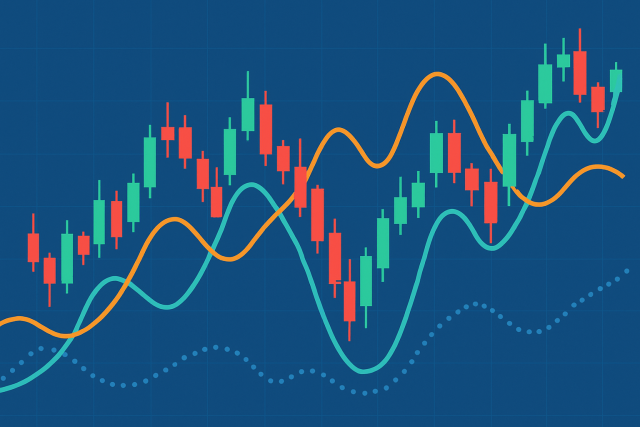
Discover what whipsaw means in trading, why it occurs, and how to recognize and manage sharp price r...
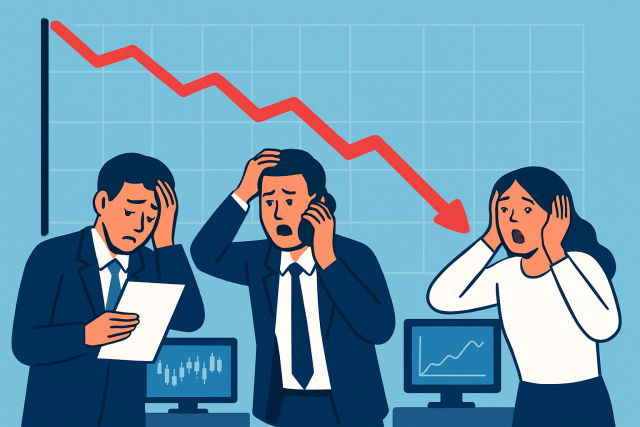
Discover what 'tanked' means in trading—how it describes sharp asset declines, causes behind these d...
